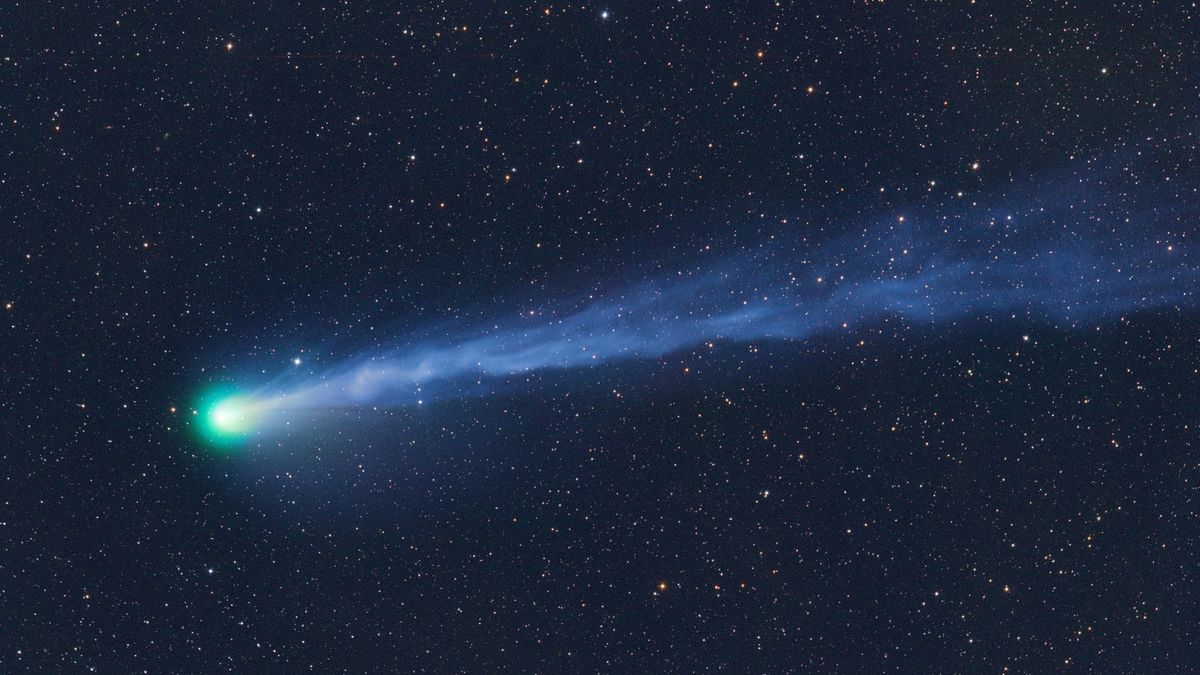
The Brightness and Visibility of Comet 12P/Pons-Brooks During Its Closest Approach to the Sun on April 21
Comet 12P/Pons-Brooks, also known as the “Mother of Dragons comet,” is set to make its closest approach to the sun on April 21. This comet measures a staggering 10.5 miles wide and will be about 144 million miles from the sun during this perihelion. At this point, the comet should be significantly brighter and more visible in the western sky just after sunset.
However, with a magnitude of about 5.9, it may not be visible to the naked eye, requiring a telescope, camera, or binoculars for optimal viewing. The best time to see Comet 12P/Pons-Brooks at its brightest will be on April 21 and a few nights before and after. Observers in northern latitudes may face challenges due to the comet being positioned in the glow of sunset. While the comet will reach its peak brightness in June, it will be visible only from the Southern Hemisphere at that time.
Dark skies are hard to come by in the Northern Hemisphere by early June, so the best opportunity to see the comet will be in April. Frank Maloney, an associate professor of astronomy and astrophysics at Villanova University, explains that although the comet should be brightest when closest to the sun, its distance from Earth means it may only be visible through binoculars or a telescope. There is a possibility that the comet could experience an outburst, as it did in July 2023, which resulted in

